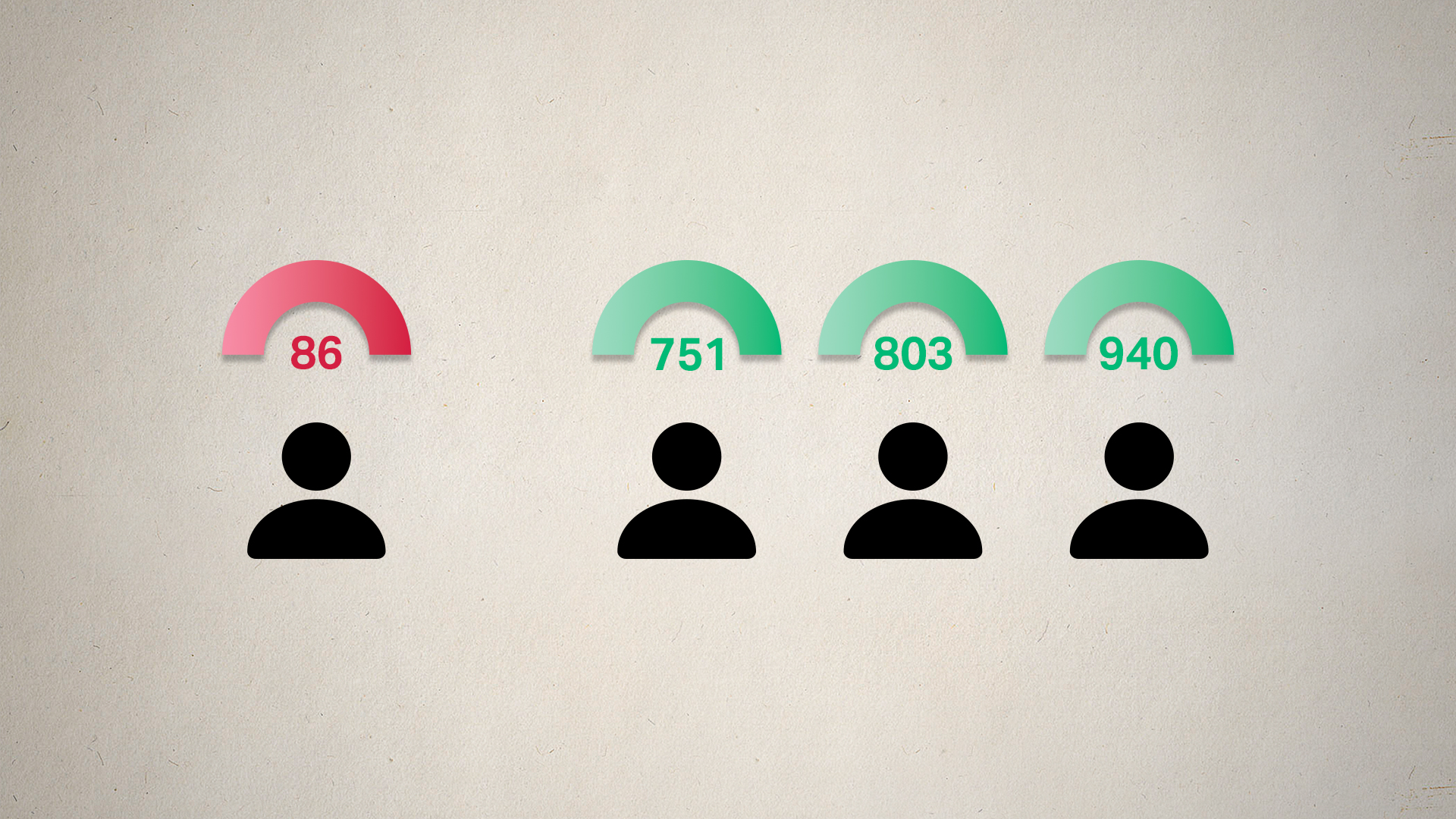
The false promise of negative interest rates
As a biographer and aficionado of John Maynard Keynes, I am sometimes asked: “What would Keynes think about negative interest rates?”
It’s a good question, one that recalls a passage in Keynes’s General Theory in which he notes that if the government can’t think of anything more sensible to do to cure unemployment (say, building houses), burying bottles filled with bank notes and digging them up again would be better than nothing. He probably would have said the same about negative interest rates: a desperate measure by governments that can think of nothing else to do.

Negative interest rates are simply the latest fruitless effort since the 2008 global financial crisis to revive economies by monetary measures. When cutting interest rates to historically low levels failed to revive growth, central banks took to so-called quantitative easingExternal link: injecting liquidity into economies by buying long-term government and other bonds. It did some good, but mostly the sellers sat on the cash instead of spending or investing it.
Enter negative interest-rate policy. The central banks of Denmark, Sweden, Switzerland, Japan, and the eurozone have all indulged. The US Federal Reserve and the Bank of England are being tempted.
ECB quantitative easing
“Negative interest rate” is a phrase seemingly designed to confuse all but the experts. Instead of paying interest on commercial banks’ “excess” reserves held by the central bank, the central bank taxes these deposits. The idea is to impel the banks to reduce their unspent balances and increase their lending or investments. In the case of the European Central BankExternal link, there is a technical reason: to increase the supply of high-class bonds for President Mario Draghi’s ongoing programExternal link of quantitative easing.
Lord Skidelsky is Emeritus Professor of Political Economy at the University of Warwick. His three volume biography of the economist John Maynard Keynes (1983, 1992, 2000) received numerous prizes, including the Lionel Gelber Prize for International Relations and the Council on Foreign Relations Prize for International Relations. He was made a life peer in 1991, and was elected Fellow of the British Academy in 1994. He is chairman of the Governors of Brighton College.
The policy is supposed to work by aligning the market rate of interest with the expected rate of profit, an idea derived from the Swedish economist Knut WicksellExternal link. The problem is that whereas until now it had been believed that nominal interest rates cannot fall below zero, an investor’s expected rate of return on a new investment may easily fall to zero or lower when aggregate demand is depressed.
Negative interest rates are the latest attempt to overcome the mismatch of incentives for lenders and borrowers. Making it more costly for commercial banks to park their money with the central bank should lower the cost of commercial loans. The calculation is that it will make more sense for a commercial bank to put money into circulation, whether by making loans or buying government and other securities, than to pay the central bank for holding that money.
But, as the World Bank has pointed outExternal link, negative rates can have undesirable effects. They can erode bank profitability by narrowing interest-rate margins. They can also encourage banks to take excessive risks, leading to asset bubbles. Lower interest rates on deposits may cause large sections of the economy to become cash-based, while pension and insurance companies may struggle to meet long-term liabilities at a fixed nominal rate.
List of slips
But, quite apart from these problems, the real case against negative interest rates is the folly of relying on monetary policy alone to rescue economies from depressed conditions. Keynes put it in a nutshellExternal link: “If we are tempted to assert that money is the drink which stimulates the system into activity, we must remind ourselves that there may be several slips between the cup and the drink.” His list of “slips” is well worth recalling:
“For whilst an increase in the quantity of money may be expected…to reduce the rate of interest, this will not happen if the liquidity-preferences of the public are increasing more than the quantity of money; and whilst a decline in the rate of interest may be expected…to increase the volume of investment, this will not happen if [profit expectations] are falling faster than the rate of interest; and whilst an increase in the volume of investment may be expected…to increase employment, this may not happen if the propensity to consume is falling off.”
Quite so. Economists are now busy devising new feats of monetary wizardry for when the latest policy fails: taxing cash holdings, or even abolishing cash altogether; or, at the other extreme, showering the population with “helicopter dropsExternal link” of freshly printed money.
Distraction from analysis
The truth, however, is that the only way to ensure that “new money” is put into circulation is to have the government spend it. The government would borrow the money directly from the central bank and use it to build houses, renew transport systems, invest in energy-saving technologies, and so forth.
Sadly, any such monetary financing of public deficits is for the moment taboo. It is contrary to European Union regulations – and is opposed by all who regard post-crash governments’ fiscal difficulties as an opportunity to shrink the role of the state.
But if it is at all true that we are entering a period of “secular stagnationExternal link” and growing joblessness, as Larry SummersExternal link and others have argued, a larger investment role for the state is inescapable. Events following the crash of 2008 clearly show that monetary policy on its own cannot achieve a level of economic activity close to its potential. The state must be involved.
Whether the capital spending appears on the books of the central government or on the balance sheet of an independent investment bank (as I would prefer) is secondary. Negative interest rates are simply a distraction from a deeper analysis of what went wrong – and what continues to go wrong.
The views expressed in this article are solely those of the author, and do not necessarily reflect the views of swissinfo.ch
(This article originally appeared at Project SyndicateExternal link.)
Opinion series
swissinfo.ch publishes op-ed articles by contributors writing on a wide range of topics – Swiss issues or those that impact Switzerland. Over time, the selection of articles will present a diversity of opinions designed to enrich the debate on the issues discussed.

In compliance with the JTI standards
More: SWI swissinfo.ch certified by the Journalism Trust Initiative






































You can find an overview of ongoing debates with our journalists here . Please join us!
If you want to start a conversation about a topic raised in this article or want to report factual errors, email us at english@swissinfo.ch.